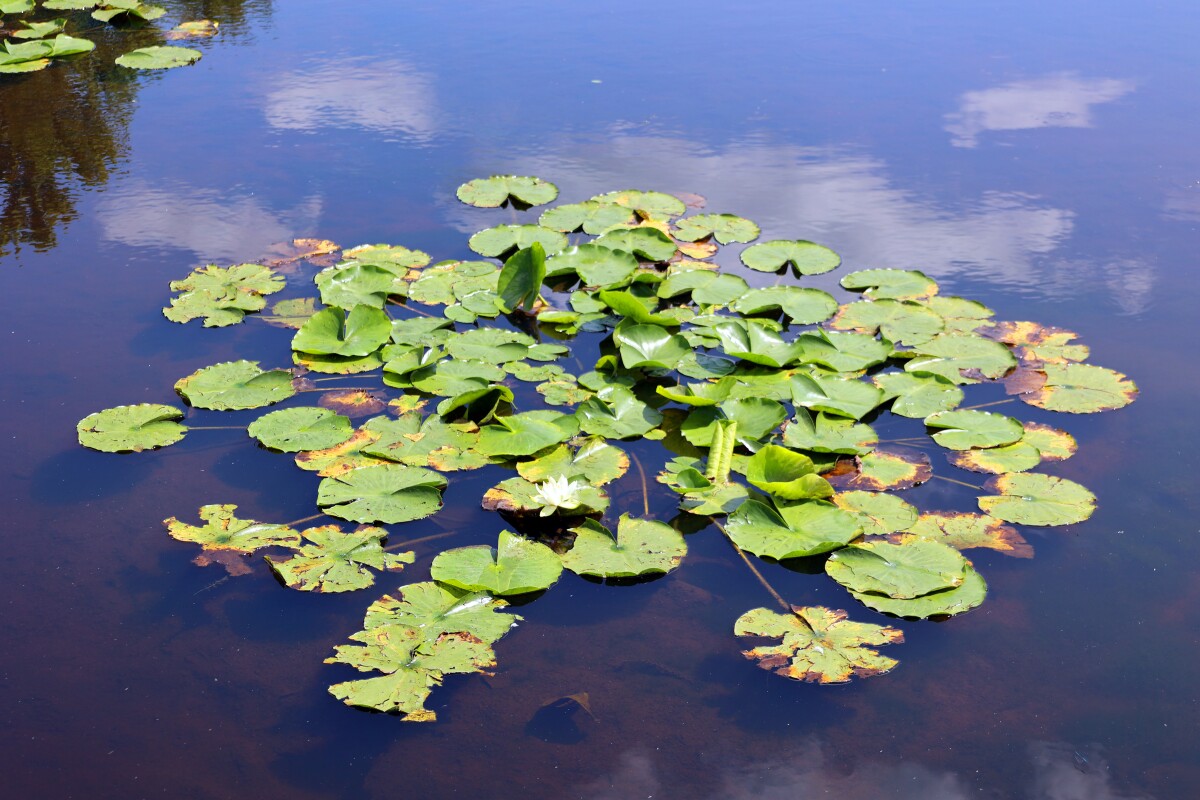
I have watched as it took decades for us to understand our intestinal biome and appreciate its effectiveness. Then watch our scientists try to discover a tool that does not look like a hammer,.
in practise, we need to use a little bit of this and a little bit of that and see how the body responds. instead we try to hammer the problem and because that actually works sometimes. it is our go to expectation.
biologically the only thing we need plenty of is vitimin C and also D because we need to maintain them. The rest, not so much because we either make it or get enough through a competant diet.
This plant may be a surprise hero in our fight against fungal pathogens
August 08, 2023
https://newatlas.com/biology/plant-persephacin-fungal-pathogens/?
While water lilies are perhaps most famous for starring in French impressionist artist Claude Monet’s work, they may also have a molecular secret weapon that could help in our ongoing fight against fungal infections.
After viruses and bacteria, fungus is the most deadly pathogen and, much like bacteria, is adapting fast to be resistant to current medical interventions. While the official numbers show that around 8,000 Americans die from fungal infections each year, it’s likely to be much higher, since many cases go undiagnosed and, as an ‘opportunistic pathogen,' the microorganism can attack weakened immune systems for complex comorbidities.
The World Health Organization last year called for urgent attention to be paid to fungal pathogens, which are becoming increasingly prevalent and threatening, spurred on by climate change.
However, there’s some good news. Scientists out of the University of Oklahoma (UO) may have found a molecule in a species of water lily or lotus that can fight off fungal infection.
"The molecule we're excited about is called persephacin," said Robert Cichewicz, professor in the Department of Chemistry and Biochemistry, Dodge Family College of Arts and Sciences at OU. "This antifungal discovery appears to work on a broad spectrum of infectious fungi, and it is reasonably non-toxic to human cells, which is a huge deal because many current treatments are toxic to the human body.”
Cichewicz, who has been researching fungi for two decades, points out that the strategies plants have developed to withstand attacks might be our best bet at fighting off pathogen threats.
Much like bacteria, pathogenic fungi are fast to adapt and circumvent existing treatment; it’s an impressive feat in terms of the evolutionary biology ‘arms race,' and the science world is forced to play catchup.
"Fungi are found throughout the botanical world, and plants and fungi often work together,” said Cichewicz. “Some of these fungi kill competitors or deter insects from eating the plant."
“We hypothesized that if these plant-dwelling fungi, known as endophytes, could help the plants fight off infections by killing the invading fungi, then these molecules might also be able to protect humans and animals from fungal pathogens,” he added. “As it turns out, we were right.”
While it may not be a silver bullet, the ability of persephacin to fight off fungal infections is a promising development in a field that’s proved frustrating for scientists.
"Antifungal resistance keeps evolving, and this could provide a new alternative,” said Cichewicz. “That's why this molecule is so exciting.”
No comments:
Post a Comment